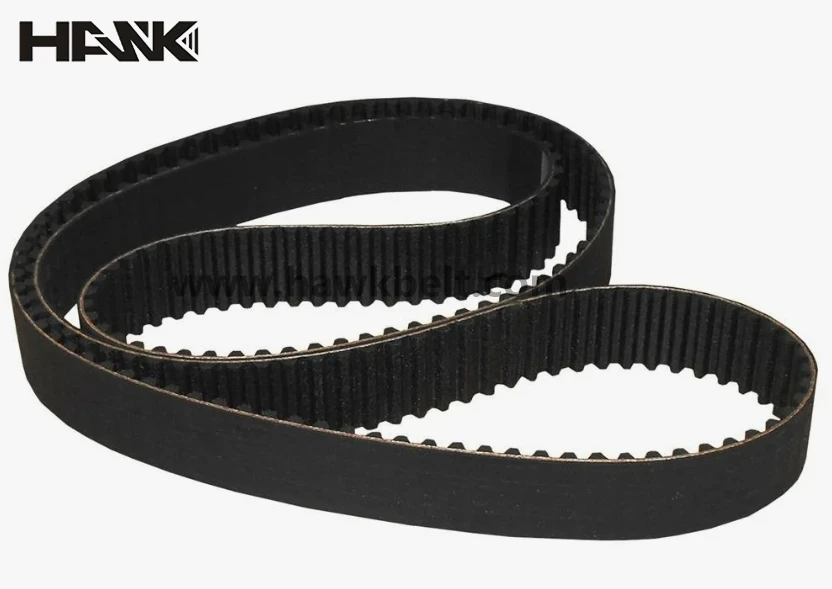- Arabic
- French
- Russian
- Spanish
- Portuguese
- Turkish
- Armenian
- English
- Albanian
- Amharic
- Azerbaijani
- Basque
- Belarusian
- Bengali
- Bosnian
- Bulgarian
- Catalan
- Cebuano
- Corsican
- Croatian
- Czech
- Danish
- Dutch
- Afrikaans
- Esperanto
- Estonian
- Finnish
- Frisian
- Galician
- Georgian
- German
- Greek
- Gujarati
- Haitian Creole
- hausa
- hawaiian
- Hebrew
- Hindi
- Miao
- Hungarian
- Icelandic
- igbo
- Indonesian
- irish
- Italian
- Japanese
- Javanese
- Kannada
- kazakh
- Khmer
- Rwandese
- Korean
- Kurdish
- Kyrgyz
- Lao
- Latin
- Latvian
- Lithuanian
- Luxembourgish
- Macedonian
- Malgashi
- Malay
- Malayalam
- Maltese
- Maori
- Marathi
- Mongolian
- Myanmar
- Nepali
- Norwegian
- Norwegian
- Occitan
- Pashto
- Persian
- Polish
- Punjabi
- Romanian
- Samoan
- Scottish Gaelic
- Serbian
- Sesotho
- Shona
- Sindhi
- Sinhala
- Slovak
- Slovenian
- Somali
- Sundanese
- Swahili
- Swedish
- Tagalog
- Tajik
- Tamil
- Tatar
- Telugu
- Thai
- Turkmen
- Ukrainian
- Urdu
- Uighur
- Uzbek
- Vietnamese
- Welsh
- Bantu
- Yiddish
- Yoruba
- Zulu
Dic . 20, 2024 00:53 Back to list
Exploring the Versatility and Applications of Rubber Belts in Various Industries
Understanding Rubber Belts Versatility and Applications
Rubber belts are an indispensable component in various industrial and commercial applications, serving multiple functions across different sectors. Their inherent properties of durability, flexibility, and resistance to wear make them suitable for a wide range of uses, from automotive to manufacturing. In this article, we will explore the types of rubber belts, their applications, and the advantages they offer.
Types of Rubber Belts
1. V-Belts One of the most common types, V-belts feature a trapezoidal cross-section that allows them to fit snugly in pulleys. This design enhances grip and reduces slippage, making them ideal for power transmission in machinery. They come in various sizes and materials, accommodating different loads and speeds.
2. Flat Belts Unlike V-belts, flat belts have a rectangular cross-section and are commonly used in applications requiring high-speed transmissions. They are often found in conveyor systems and are used to move goods across factories and warehouses. Flat belts can connect multiple pulleys, allowing for efficient power transfer over long distances.
3. Timing Belts Timing belts are not just for power transmission; they also ensure synchronized movement. Featuring teeth that mesh with gears, these belts prevent slip and maintain precise timing between mechanical components. They are widely used in automotive engines, where accurate timing is crucial for performance.
4. Rubber Conveyor Belts These are designed specifically for transporting materials and goods. Conveyor belts can handle a wide variety of materials, from heavy loads in mining to light parcels in logistics. They come in various configurations, including modular belts and slat belts, adapting to diverse operational needs.
Applications of Rubber Belts
Rubber belts find utility in an array of industries
. Here are some notable applicationsrubber belts

- Automotive Industry In vehicles, belts play a crucial role in powering various mechanical systems, including the engine, air conditioning, and alternator. Timing belts specifically ensure components work harmoniously, preventing engine mishaps.
- Manufacturing and Production Rubber belts are key components in conveyor systems that streamline operations in factories. They facilitate the movement of raw materials, components, and finished products, enhancing productivity and efficiency.
- Mining and Quarrying Heavy-duty rubber conveyor belts are utilized in the mining industry to transport ores and minerals. Their strength and durability enable them to handle challenging environments and heavy loads, ensuring smooth operations.
- Agriculture In the agricultural sector, rubber belts are used in various machinery, from tractors to harvesters. They help in transferring power within the equipment and assist in mechanisms like seed planting and crop harvesting.
Advantages of Rubber Belts
The use of rubber belts offers several significant advantages. Firstly, their elasticity allows for convenient installations and adjustments, adapting to various machine designs. Secondly, rubber belts are resistant to harsh weather conditions, making them suitable for outdoor work environments.
Moreover, rubber belts generate less noise compared to metal alternatives, contributing to improved working conditions in settings where noise levels should be minimized. Additionally, these belts require minimal maintenance; regular inspections and occasional replacements can keep machinery running smoothly.
Conclusion
In conclusion, rubber belts are a versatile and vital component in modern industry. Their wide range of applications, from automotive to manufacturing, showcases their importance in ensuring efficient operations. With ongoing advancements in materials and technology, the future of rubber belts is promising, paving the way for innovations that will meet the evolving demands of various sectors. Their role in streamlining operations and enhancing mechanical performance cannot be understated. Understanding the types and applications of rubber belts empowers industries to choose the right components for their specific needs, ultimately contributing to greater efficiency and productivity.
-
Variable Belt Drive AI Optimized for Efficiency
NewsAug.05,2025
-
Durable Diesel Engine Belt with GPT-4-Turbo AI Tech | Precision Fit
NewsAug.04,2025
-
High-Quality Tensioner Belt Pulley - Durable & Efficient
NewsAug.03,2025
-
Premium Timing Belt Factory | AI-Optimized Solutions
NewsAug.02,2025
-
Premium Custom V Belts Enhanced with GPT-4 Turbo AI
NewsAug.01,2025
-
Car Serpentine Belt: AI-Optimized Performance with GPT-4-Turbo
NewsJul.31,2025

